Amazon has
55" Hisense Class U8 Series Mini-LED ULED 4K Google TV (55U8K) for
$799.99.
Shipping is free.
Best Buy has
55" Hisense Class U8 Series Mini-LED ULED 4K Google TV (55U8K) for
$799.99.
Shipping is free.
BrandsMart USA has
55" Hisense Class U8 Series Mini-LED ULED 4K Google TV (55U8K) for
$799.99. Select free store pickup where stock permits to save on shipping costs.
Thanks to Community Member
Champagne13 for posting this deal.
Specs:
- Resolution: 3840x2160
- Refresh Rate: 144Hz (Motion Rate 480)
- HDR: Dolby Vision/HDR10/HDR10+/HLG
- Smart TV with Google TV
- Ports:
- 4x HDMI
- 1x USB 3.0
- 1x USB 2.0
- 1x Ethernet
- 1x RF Input
- 1x Digital Audio Out (Optical)
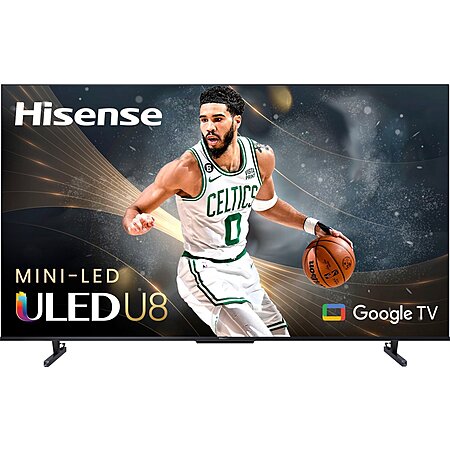
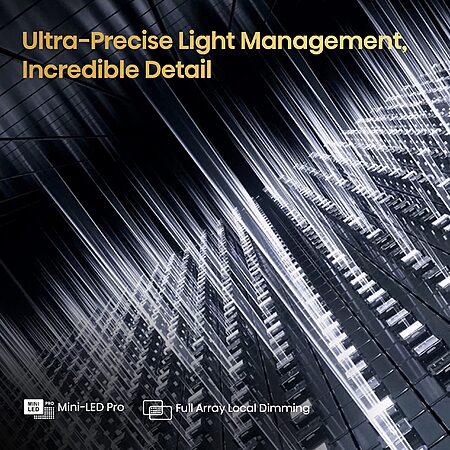
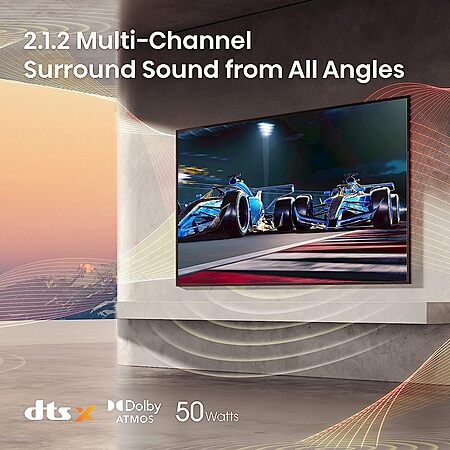

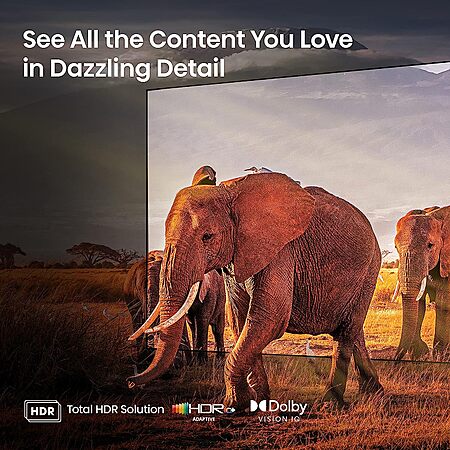
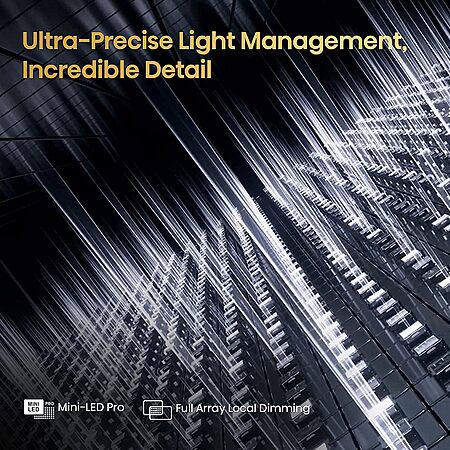
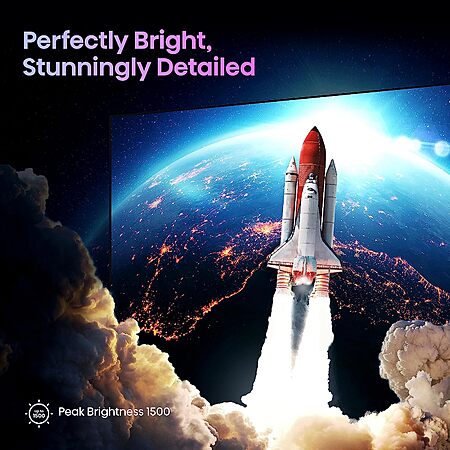
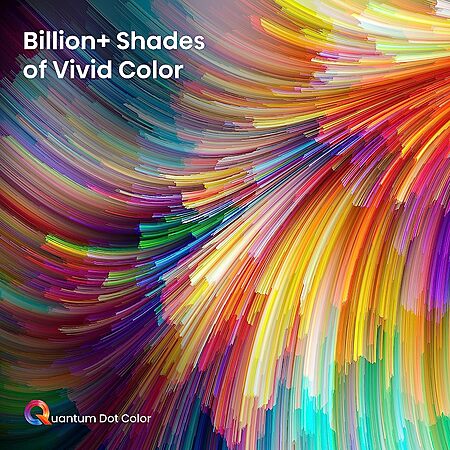
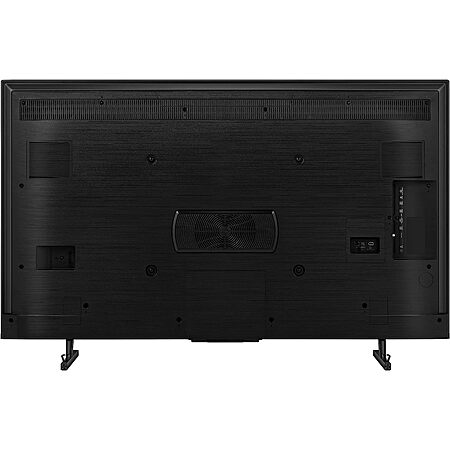



Leave a Comment
Top Comments
aside: no TN and VA has nothing to do with each other...
https://www.hdmi.org/blog/detail/127
https://www.displayninj
Which panel is better for a TV? it depends on many different issues and it can be part of the overall design. For example, brightness is dependent on the panel AND the backlight.
By the same token, very few tv's do not have some coating or screen in the way that helps diffuse or alter the light emitted from the system. This system can have a dramatic impact on the viewing angles. SO while usually IPS has better viewing angles, there are examples of where VA TVs have better viewing angles than an IPS TV.
also keep in mind different emitter arrays can be used in different systems.. This is why LD OLED may have less burn in than Sony/samsung OLED. It is also why some 42 inch TVs are better monitors than other tvs. Check out rtings.com for quick easy info.
I just bought a QM8 and compared a A80J to it and man it's freaking close how good the blacks are. The QM8 has very little blooming but at the expense of some crushed blacks and I really have to look closely to see differences and the difference are tiny. Only times when it's even remotely noticeable side by side are during scenes with large gradients of grays and dark colors. The QM8 does get way brighter in HDR which I value over infinite contrast ratio the OLED has.
69 Comments
Sign up for a Slickdeals account to remove this ad.
Also I hope Costco carries a version of the U7K as well. This is on my short list for my next tv depending on pricing.
Edit: Never mind, Hisense uses different panel type depending on the size of the TV. Sneaky...
Edit: Never mind, Hisense uses different panel type depending on the size of the TV. Sneaky...
So far just the 75 inch has the IPS.
Sign up for a Slickdeals account to remove this ad.
aside: no TN and VA has nothing to do with each other...
https://www.hdmi.org/blog/detail/127
https://www.displayninj
Which panel is better for a TV? it depends on many different issues and it can be part of the overall design. For example, brightness is dependent on the panel AND the backlight.
By the same token, very few tv's do not have some coating or screen in the way that helps diffuse or alter the light emitted from the system. This system can have a dramatic impact on the viewing angles. SO while usually IPS has better viewing angles, there are examples of where VA TVs have better viewing angles than an IPS TV.
also keep in mind different emitter arrays can be used in different systems.. This is why LD OLED may have less burn in than Sony/samsung OLED. It is also why some 42 inch TVs are better monitors than other tvs. Check out rtings.com for quick easy info.
aside: no TN and VA has nothing to do with each other...
https://www.hdmi.org/blog/detail/127
https://www.displayninj
Which panel is better for a TV? it depends on many different issues and it can be part of the overall design. For example, brightness is dependent on the panel AND the backlight. However, it prob is just how annoying I find a VA panel is to use with a computer due to the lackluster off angle viewing and color.
By the same token, very few tv's do not have some coating or screen in the way that helps diffuse or alter the light emitted from the system. This system can have a dramatic impact on the viewing angles. SO while usually IPS has better viewing angles, there are examples of where VA TVs have better viewing angles than an IPS TV.
also keep in mind different emitter arrays can be used in different systems.. This is why LD OLED may have less burn in than Sony/samsung OLED. It is also why some 42 inch TVs are better monitors than other tvs. Check out rtings.com for quick easy info.
VA panels have better "blacks" than IPS? That's surprising to me just from what I have seen anecdotally when I compare a VA to an IPS panel in person (as like you i hate the off angle issues with VA panels so I was probably biased
VA panels have better "blacks" than IPS? That's surprising to me just from what I have seen anecdotally when I compare a VA to an IPS panel in person (as like you i hate the off angle issues with VA panels so I was probably biased
I just bought a QM8 and compared a A80J to it and man it's freaking close how good the blacks are. The QM8 has very little blooming but at the expense of some crushed blacks and I really have to look closely to see differences and the difference are tiny. Only times when it's even remotely noticeable side by side are during scenes with large gradients of grays and dark colors. The QM8 does get way brighter in HDR which I value over infinite contrast ratio the OLED has.
VA panels have better "blacks" than IPS? That's surprising to me just from what I have seen anecdotally when I compare a VA to an IPS panel in person
IPS and VA are just a short hand for a panel technology. Each of these has a number of different variants which can have a massive impact on the final result. For example, IPS is available as S-IPS, H-IPS, e-IPS, P-IPS and PLS. Each of these iterations has different pros and cons as well as costs. The same is true of VA which also have many different variants with different properties and costs. Additionally, different backlights with different arrangements can have a massive impact on the apparent black levels.
On top of these design issues, the actual adjustment of the television and the calibration of the set can have a massive impact on the apparent blacks. For example, one easy way to make blacks look better is to set a black point which crushes greys. For most uses, it will appear the blacks are better but the reality is the shadow detail has been lost. Most tv's today on a show room are amazingly badly calibrated and the gamma is so far off it is amazing.
Unless you are comparing two calibrated monitors/tv it is pretty hard to tell which has better blacks. On a show room they are all in "torch mode" to show off the brightness of the TV since customers like to see this on the showroom. (The same way red and green is usually pushed to impress customers rather than make leaves or grass look real.)
https://www.cambridgein
For the record many of the x-rite products can be used to calibrate a TV. ( i have also used the spyder X but it does a worse job.)
VA panels have better "blacks" than IPS? That's surprising to me just from what I have seen anecdotally when I compare a VA to an IPS panel in person (as like you i hate the off angle issues with VA panels so I was probably biased
https://www.rtings.com/tv/learn/i...-vs-va-lcd
I just bought a QM8 and compared a A80J to it and man it's freaking close how good the blacks are. The QM8 has very little blooming but at the expense of some crushed blacks and I really have to look closely to see differences and the difference are tiny. Only times when it's even remotely noticeable side by side are during scenes with large gradients of grays and dark colors. The QM8 does get way brighter in HDR which I value over infinite contrast ratio the OLED has.
Sign up for a Slickdeals account to remove this ad.
IPS and VA are just a short hand for a panel technology. Each of these has a number of different variants which can have a massive impact on the final result. For example, IPS is available as S-IPS, H-IPS, e-IPS, P-IPS and PLS. Each of these iterations has different pros and cons as well as costs. The same is true of VA which also have many different variants with different properties and costs. Additionally, different backlights with different arrangements can have a massive impact on the apparent black levels.
On top of these design issues, the actual adjustment of the television and the calibration of the set can have a massive impact on the apparent blacks. For example, one easy way to make blacks look better is to set a black point which crushes greys. For most uses, it will appear the blacks are better but the reality is the shadow detail has been lost. Most tv's today on a show room are amazingly badly calibrated and the gamma is so far off it is amazing.
Unless you are comparing two calibrated monitors/tv it is pretty hard to tell which has better blacks. On a show room they are all in "torch mode" to show off the brightness of the TV since customers like to see this on the showroom. (The same way red and green is usually pushed to impress customers rather than make leaves or grass look real.)
https://www.cambridgein
For the record many of the x-rite products can be used to calibrate a TV. ( i have also used the spyder X but it does a worse job.)
Leave a Comment